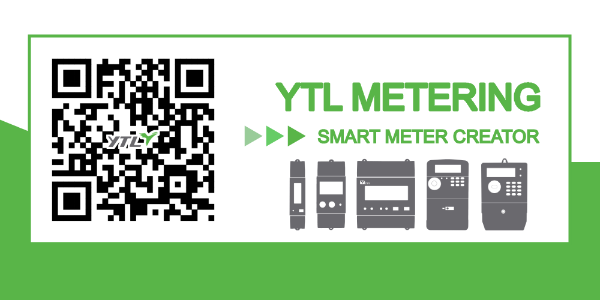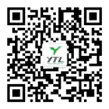The penetration ability of wireless communication is mainly determined by the following factors:
1.Frequency of the wireless signal
2.Transmit power of the wireless signal
3.Type and gain of the antenna
4.Material and thickness of the wall
5.Indoor environment layout
6.Wireless communication protocols and technologies
1. Frequency of the wireless signal
The frequency of the wireless signal is an important factor affecting the penetration ability. Generally, wireless signals with lower frequencies (such as Wi-Fi, LoRa frequencies at 433/868/915MHz) have a longer wavelength and better penetration ability, able to penetrate through walls and obstacles more effectively. In contrast, wireless signals with higher frequencies (such as Zigbee frequencies at 2.4GHz) have a shorter wavelength and weaker penetration ability, resulting in faster signal decay and reduced penetration ability when encountering walls and obstacles. Therefore, when choosing wireless communication devices, it is necessary to select the appropriate frequency band according to the actual usage environment and requirements.
2. Transmit power of the wireless signal
The transmit power of the wireless signal is another key factor affecting the penetration ability. The higher the transmit power, the wider the coverage range and the stronger the penetration ability. However, increasing the transmit power also increases radiation and health risks, as well as energy consumption. Therefore, in practical applications, it is necessary to reduce the transmit power while ensuring communication quality to minimize environmental and human impact.
3. Type and gain of the antenna
The type and gain of the antenna also have a significant impact on the penetration ability of wireless signals. Different types of antennas have different radiation characteristics and penetration abilities. For example, directional antennas can concentrate signals in a specific direction, improving penetration ability in that direction; omnidirectional antennas can evenly radiate signals, suitable for covering multiple directions. Additionally, antenna gain is also an important factor affecting penetration ability. The higher the gain, the stronger the antenna's ability to receive and transmit signals, leading to improved penetration ability. However, excessive gain may result in signal distortion and increased interference.
4. Material and thickness of the wall
The material and thickness of the wall are objective factors affecting wireless signal penetration ability. Different materials have different effects on wireless signal decay. For example, concrete walls have a greater impact on wireless signal decay than wooden or glass materials. Additionally, wall thickness also affects wireless signal penetration ability. Thicker walls result in faster signal decay and reduced penetration ability.
5. Indoor environment layout
The indoor environment layout also affects wireless signal penetration ability. For example, furniture and appliances placed in the indoor environment may block or absorb wireless signals, resulting in signal decay and reduced coverage range. Moreover, indoor space size and shape can affect wireless signal propagation and distribution. Therefore, when designing and arranging indoor environments, it is necessary to consider wireless communication requirements and features to minimize the impact on wireless signals.
6. Wireless communication protocols and technologies
The development of wireless communication protocols and technologies has also significantly impacted penetration ability. With advancements in wireless communication technology, new protocols and technologies emerge, such as MIMO (Multiple-Input Multiple-Output) technology and beamforming technology. These technologies can optimize signal transmission and reception methods, improving wireless signal penetration ability and coverage range. Furthermore, some advanced wireless communication technologies can achieve adaptive penetration through walls and obstacles, further enhancing wireless communication penetration ability.
In practical applications, it is necessary to select suitable wireless communication devices and technology solutions based on specific usage environments and requirements to improve wireless communication penetration ability and coverage range.


 English
English 简体中文
简体中文







.jpg?imageView2/2/w/500/h/500/format/png/q/100)

.png?imageView2/2/w/500/h/500/format/png/q/100)




